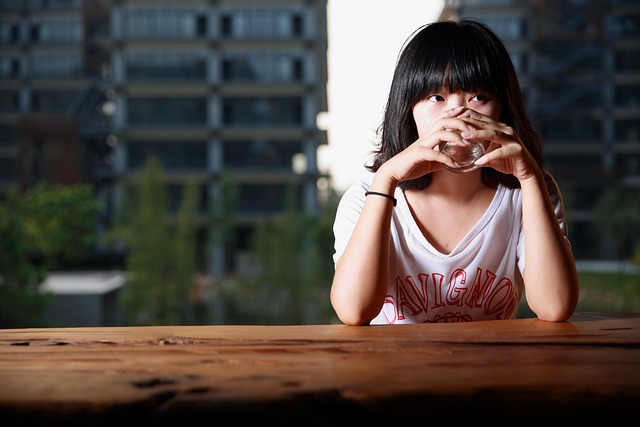Understanding the Power of Fill Light in Photography
When diving into the world of photography, one quickly realizes that mastering light is the cornerstone of capturing breathtaking images. Among the various lighting techniques, understanding fill light can transform your photographs from ordinary to extraordinary. Fill light is not just a technical term; it represents the emotional nuance that can make your visual stories resonate.
Imagine you’re behind your camera, ready to snap a picture of a friend standing in bright sunlight. Without careful thought about light, your subject could end up with harsh shadows on their face, ruining the moment. This is where the importance of fill light becomes clear. It serves as a complementary source of illumination, helping to balance the overall exposure and enrich the image with detail and depth.
When utilizing fill light, you’re essentially adding another layer to your photography. Whether using a reflector, flash, or even the soft glow of ambient light, fill light allows you to soften shadows and illuminate your subject, enabling your camera’s optics to capture stunning detail. The beauty in mastering fill light techniques lies in the subtlety; it’s about enhancing reality rather than overpowering it.
As you experiment with different types of fill light, consider the mood you want to convey. A gentle fill can evoke warmth and intimacy, coming to life in portraits where human connection is crucial. On the other hand, a harsher fill light may create a dramatic effect, often employed in fashion or editorial photography. Understanding the effects of your fill light can greatly enhance your storytelling capabilities in every shot you take.
In addition, the versatility of fill light allows photographers to be creative in their approaches. You can opt for natural light sources during golden hour or use artificial lighting in controlled environments, enhancing your workflow. One exciting technique is using colored gels or diffusers to create artistic effects that can add layers of meaning to your photographs. The richness of the scene can be manipulated based on how fill light is applied, making each photograph a unique expression.
Moreover, capturing images in various environments, such as landscapes or urban settings, requires an understanding of fill light. A sunset scene may be beautiful, but by strategically introducing fill light, you can draw attention to the foreground elements, ensuring they don’t get lost in the backlighting. In this way, your camera becomes a tool for discovering hidden narratives within your frames.
Moreover, digital editing software provides you with additional avenues to enhance fill light in post-processing. While it’s ideal to get as much right in-camera as possible, knowing how to adjust fill light during editing can elevate your work to professional standards. Layers in editing programs enable photographers to manipulate images, introducing fill light adjustments to soften shadows or brighten areas that need more attention.
Incorporating fill light into your photography repertoire can propel your understanding of lighting dynamics, enhance your technical skills, and deepen the emotional impact of your images. As you take your photography journey, embracing the art of fill light will undoubtedly help you communicate your vision more effectively.
So grab your camera, explore different lighting scenarios, and remember that mastering fill light techniques is vital for capturing perfection in your photos!



